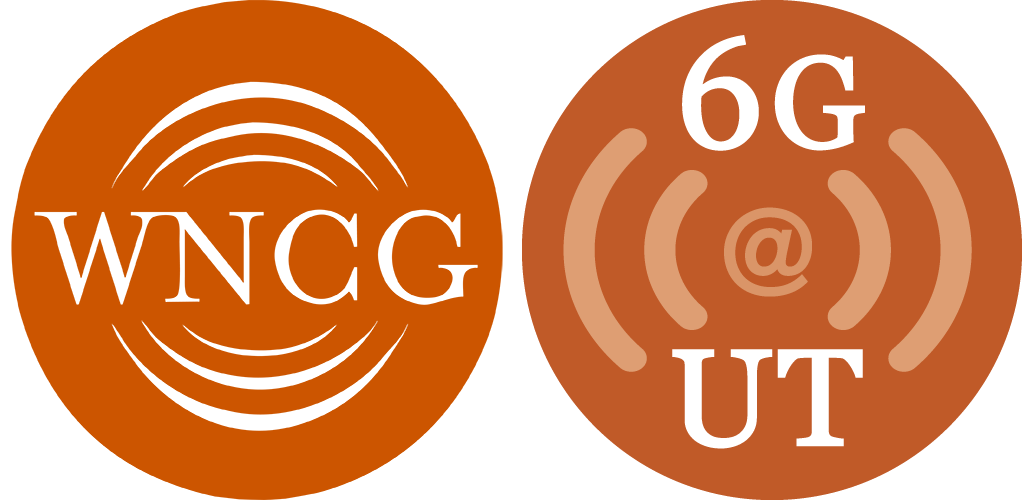Millimeter wave wireless propagation and communications system design
This talk provides an overview of historic wideband radio propagation measurements and channel models in Austin and New York City for evolving millimeter wave wireless networks, and demonstrates an important flaw in earlier 4G wireless channel models developed in the 3GPP standard body.
The past approach has not allowed different groups to easily compare and use large scale path loss models for easy application in interference, capacity or system design. Further, many in the industry confuse the physical mechanisms of radio propagation when attempting to use or interpret the current models used in 3GPP.
This talk shows how measurements in Austin and New York City prove that a very simple distant-dependent path loss model, where a 1 m free space reference distance is used for both line of sight (LOS) and non line of sight (NLOS) environments, provides virtually identical results to all past path loss models, and has the important additional benefit of allowing many parties to easily compare and use such models across multiple environments and multiple frequency bands without confusion or loss of accuracy. We demonstrate the virtue of this simple model by introducing the Distant Extension exponent (DEE), a new parameter that shows the increase in coverage/range due to multibeam combining at the mobile user. The large scale propagation path loss model is based in physical reality, as the first meter of propagation is where the greatest difference in radiated power occurs throughout the millimeter wave (mmWave) bands.

